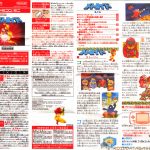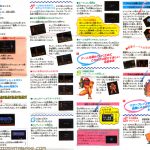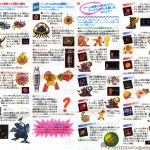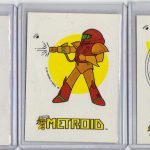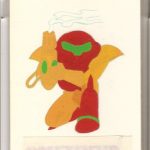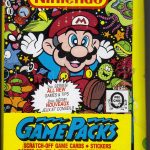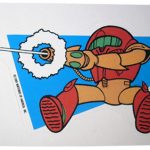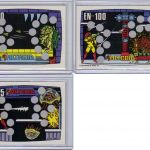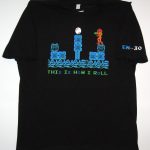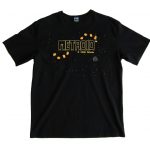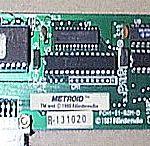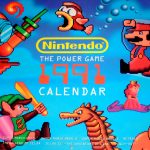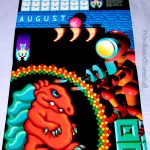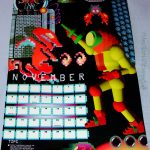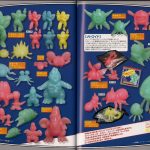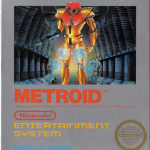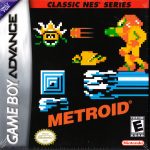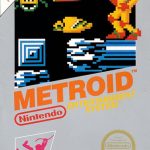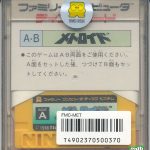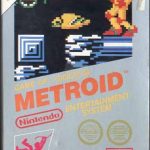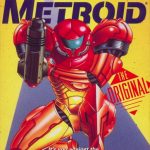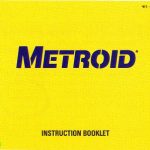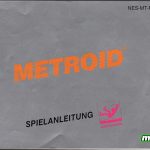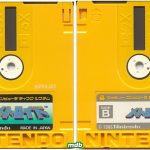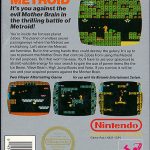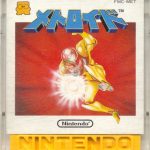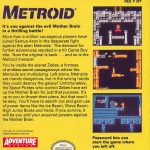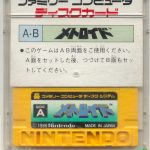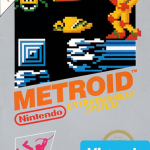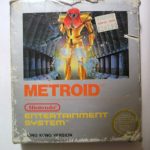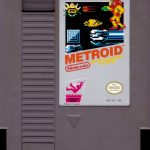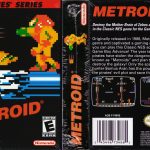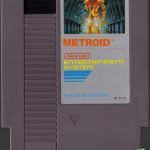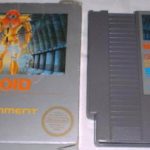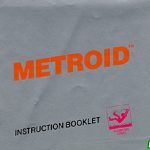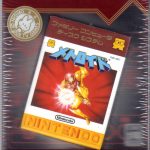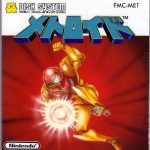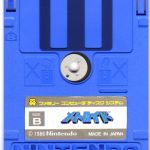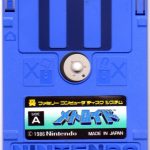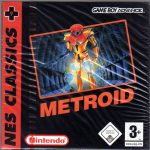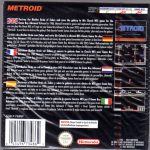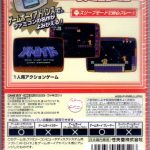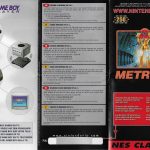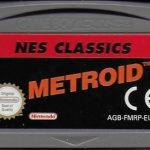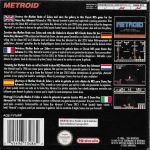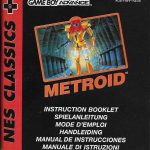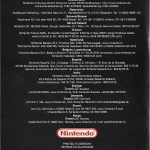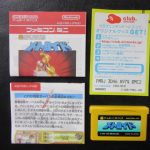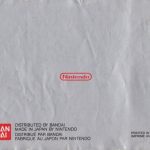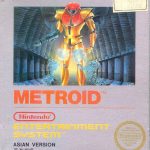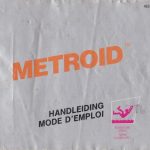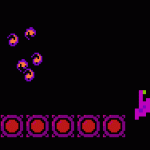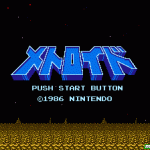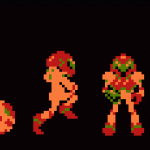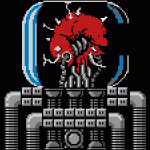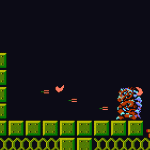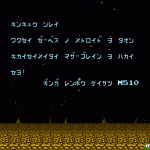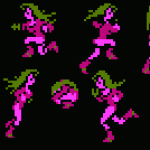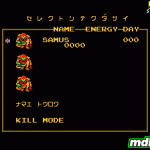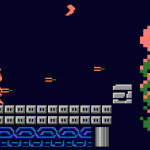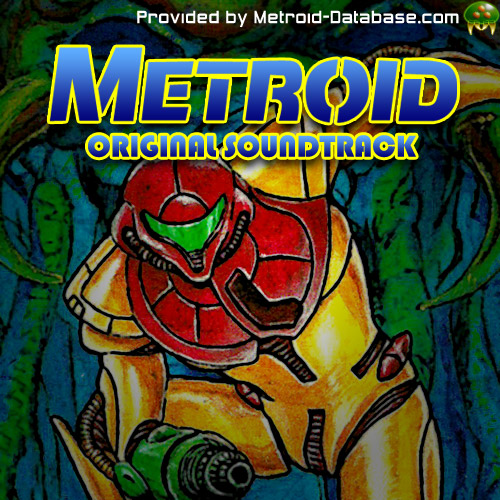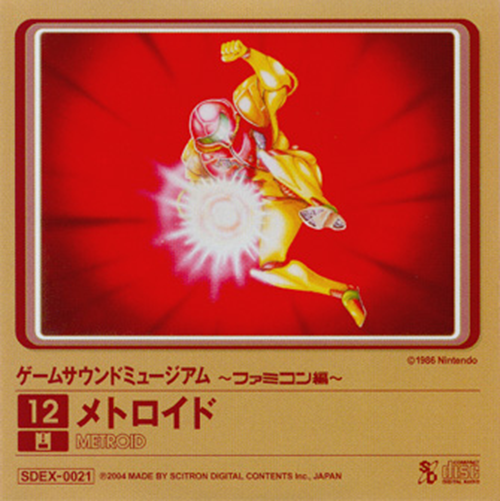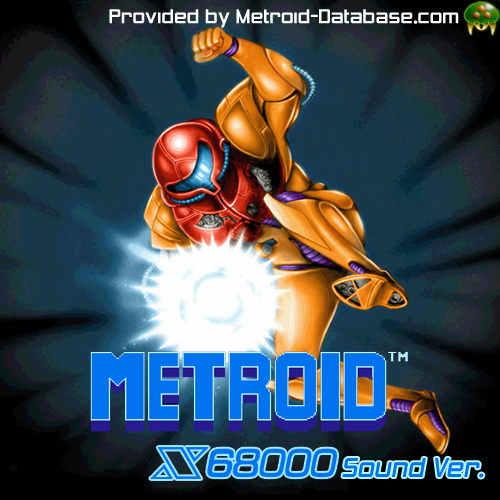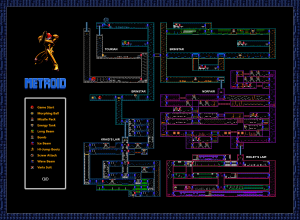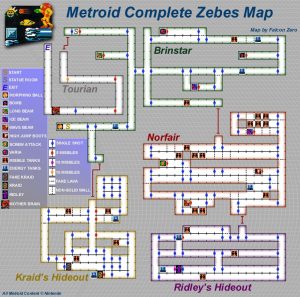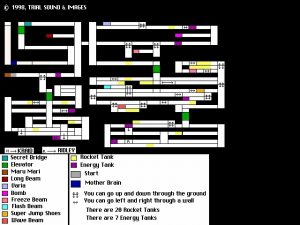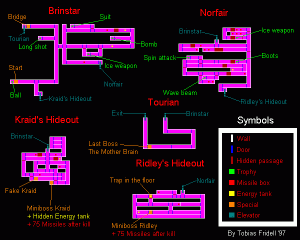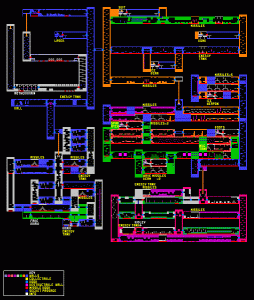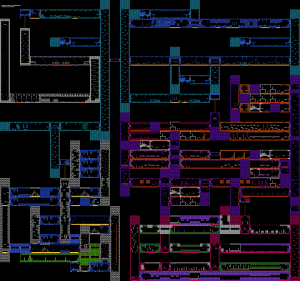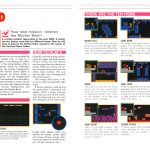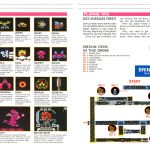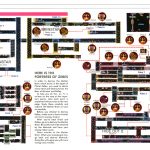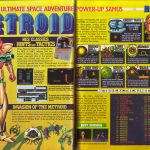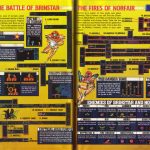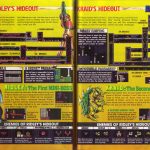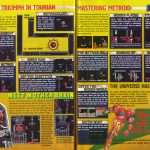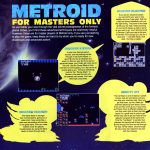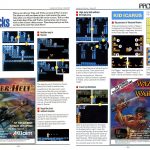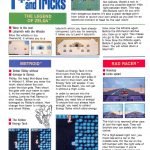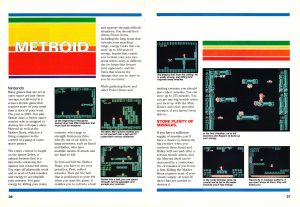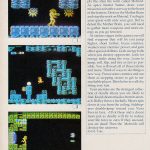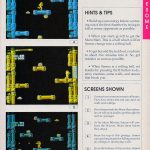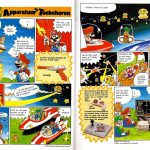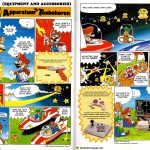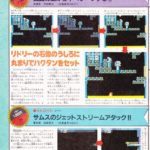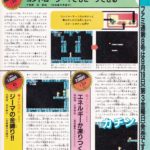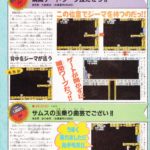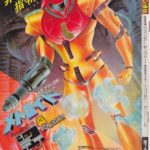Summary
Metroid is Samus Aran’s first mission on planet Zebes. Samus was called upon by the Galactic Federation to destroy the Mother Brain and stop its evil scheme of harnessing the power of the newly-discovered alien life form, the Metroids. Guide Samus through five different, interconnected areas: Brinstar, Norfair, Kraid, Ridley, and Tourian. By enhancing her special high tech suit of armor with special weapons and items left behind by the mysterious Chozo race, Samus will be able to fulfill her mission and bring peace to the galaxy.
Other Releases
- Nintendo PlayChoice-10 arcade
- Gamecube: unlockable within Metroid Prime
- GameBoy Advance: unlockable within Metroid Zero Mission
- “Ambassador” 3DS consoles on September 1, 2011
- NES / Famicom Classic Edition Mini console on November 10 & 11, 2016
Release Date
- Title Screen (NA)
- Ridley’s room
- Title Screen (JP)
- Samus
- Mother Brain
- Story screen (NA)
- Fake Kraid
- Metroids
- Story screen (JP)
- Samus (Suitless)
- File select (JP)
- Kraid’s room
Metroid's score was the brainchild of Hirokazu Tanaka, a veteran composer at Nintendo who cut his teeth on Donkey Kong and Balloon Fight. Metroid was composed in direct response to the standard fluffy pop soundtracks of the time. Tanaka-san instead created a score that was largely amelodic, tense, and discordant, treating the music and sound effects together as a living creature, rather than as separate entities. It was clearly a soundtrack like no other by a man who would be known in the credits simply as "Hip Tanaka" - and he is certainly worthy of the name. Indeed, the "Title" theme and "Brinstar" have since become two of the Metroidseries' most representative tunes, and are true icons of game music.
Hip Tanaka's score made music essential to the atmosphere of Metroid. Players understand from the very first notes of the "Title" theme that the world of Metroid is a cold, forbidding place, and Samus is the sole ray of hope. When the bold march of the relatively comforting "Brinstar" stage sinks into the bubbly and syncopated quagmire of "Norfair", we are just a stone's throw from the twisting, maddening abyss of Ridley's Hideout and the drooping, eerie catacombs of Kraid's Lair. Meanwhile, the solitary tones of the "Item Room" theme ooze mystery from the enormous bird statues sealed within. And who can forget the venomous bubbling of "Tourian", the grueling intensity of the boss theme, "Zebetite", and the hair-raising "Escape" theme? With Metroid, Hirokazu Tanaka helped game music hit its stride as evoking the mood and atmosphere of a level rather than simply providing happy background music for players to enjoy, so while it doesn't necessarily sound great on CD, it makes the game perfect.
The final key to Metroid's score was the relative absence of melody and harmony from the very beginning until the "Ending", when all four of the NES's sound channels come together in joyful and triumphant celebration, each instrument engaged in its own melody, a masterpiece of game composition. This transition from darkness to light has been at the heart of the philosophy behind every Metroid soundtrack, and that contrast with the dark intensity of each game's final moments makes the ending even more brilliant. This version was recorded here using NEZplug v0.9.8+3+21.00 to cleanly and accurately emulate the sound of the original hardware. Scroll below for the Famicom Disk System version of the soundtrack.
This is the original version of the Metroid soundtrack, for the Famicom Disk System. Considering the FDS had a superior sound processor to the NES, the original version sounds much cleaner, with better instruments from the FDS's wave table, and sound channel, which allowed composers to use sequenced music rather than analog. These can be clearly heard in "Title BGM", "Samus Appearance Jingle", "Item Obtainment Jingle", and "Ending". Note the NES version used arpeggios to emulate the bells and trumpet found in the FDS version. Another major change is the original version of the "Escape" theme is 1/3 shorter, creating a far more intense sequence. This version of the theme has been reused in Metroid Prime 2 and Metroid: Zero Mission, and may be considered the "official" version of the theme. Finally, the SFX for the FDS version were more graphic, particularly Samus's audible (and manly) "UGH!"s that play when she gets hit. Some of these can be heard in the "Game Play" track. The other tracks sound identical. Although we may have become attached to how the NES version sounds, these differences clearly illustrate how much Western audiences were missing out.
Note the Game Sound Museum gives us official Japanese names for the tracks, which differ slightly from those more familiar names we picked for the NES soundtrack. This soundtrack was reprinted in Famicom 20th Anniversary Original Soundtracks Vol. 2, and partially in Nintendo Dream Vol. 118. A previous, terrible recording of the soundtrack was included in the Super Metroid "Sound in Action" album below.
In Japan during the late 80s and early 90s, the Sharp X68000 was an incredibly popular computer, particularly for gaming. Classics such as Akumajo Dracula (Castlevania), Cho Ren Sha, and dozens of other action and shooting games were created for this system. Although Metroid was never ported (officially or otherwise), fans recreated the soundtrack for the system. Most of the score was arranged by RSY, who does a decent job of matching the instruments with those of the Famicom Disk System. The bell tone is especially nice, though overall, the soundtrack is clearly inferior, with RSY's Ending Theme sounding far too metallic. However, some tracks like "Kraid" and "Tourian" are pretty good. However, the arrangement of the "Ending" theme by Osamu Ikeda is absolutely amazing, with arcade-style metallic swooshes, a lively drum track, and ethereal bells. If you listen to any track from this album, make sure this is it! It sounds like an arcade soundtrack by Zuntata. The recordings were made using the X68000 MDX Decorder v1.14.
Super Metroid "Sound in Action" is both one of the most famous and crappiest Metroid soundtracks available. Sure, it has five totally awesome arrangements, but the rest of the soundtrack is poorly arranged and recorded, and nowhere is this more evident than the Metroid soundtrack section, which was horribly butchered. The game was recorded using a Famicom's audio out jack at poor quality, and a good half of the tracks contain sound effects. I can't fathom why they decided to record it this way, but it gave the original score a bad name for over a decade. Note: This is playlist only contains the Metroid tracks and one arrangement. Please go to the Super Metroid album page if you'd like to hear the entire album.
Choose a map
- By Daniel Dubreuil
- By Falcon Zero
- By Trial Sound & Images 1998
- By Tobias Fridel ’97
- By ???
- 1:1 Screenshot map of the whole game WARNING: LARGE FILE!
![]() For the latest 2D Metroid maps, including hacks, please check out Metroid Map Station!
For the latest 2D Metroid maps, including hacks, please check out Metroid Map Station! ![]()
| Title | Author | Version | Date |
| Metroid Walkthrough | TJ | 1.0 | 02.07.02 |
| Metroid Complete FAQ/Walkthrough | Falcon Zero | 1.60 | 03.16.04 |
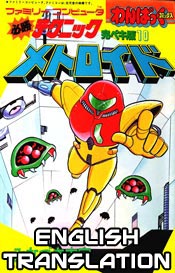 Along with these text-based guides, we have the first appearance of Samus and pals in comic book form, published by Wanpakku Comics in 1986. This huge, 195-page game guide is not only beneficial in playing through the original NES Metroid, it’s an entertaining manga as well! This is an English translation of the original Japanese scan.
Along with these text-based guides, we have the first appearance of Samus and pals in comic book form, published by Wanpakku Comics in 1986. This huge, 195-page game guide is not only beneficial in playing through the original NES Metroid, it’s an entertaining manga as well! This is an English translation of the original Japanese scan.
 The Official Nintendo Player’s Guide (1987, Nintendo)
The Official Nintendo Player’s Guide (1987, Nintendo)
Remember this?? It had the first complete map of Metroid (hand-drawn!), and a good in-depth coverage of the creatures, weapons, and gameplay. 8 full-color pages. Still probably one of the best pieces of coverage on the original game. Book also came with a sheet of Nintendo character stickers, two of which were of Samus.
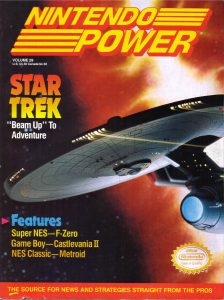 Nintendo Power, Volume 29, October 1991. Pages 38-45
Nintendo Power, Volume 29, October 1991. Pages 38-45
A complete guide to the whole game of the original Metroid, with screenshot maps and lots of hints. An EXCELLENT resource! Has a small inset about the Secret World as well.
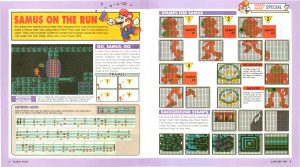 Nintendo Power, Volume 44, January 1993 (Subscriber Edition Only).
Nintendo Power, Volume 44, January 1993 (Subscriber Edition Only).
Don’t look for Metroid tips and maps in this issue — but it does contain the Mario Paint Special insert booklet. Booklet has tips and how-to stuff on using Mario Paint, with 6 pages dedicated to replicating sprites and blocks from 3 games: Super Mario Bros., Legend of Zelda, and Metroid. It says that the original development team from Metroid came up with the way to make the Metroid sprites in Mario Paint. It shows how to create the sprites of Samus running, 6 blocks plus a bubble door, and a pulsating Metroid, and they all look just like the original.
Nintendo Fun Club News (1987-1988)
Back before the days of the internet, the only way someone could get news for their favorite games was to join the Nintendo Fun Club News. The magazine lasted only a couple years, but later transformed into what we know now as Nintendo Power. These are all the Metroid-related scans from those rare issues. Images from Underground Gamer via Retro Mags.
How to Win at Nintendo Games (Jeff Rovin, 1989)
Remember these books? Jeff Rovin’s series of guides for beating Nintendo games were the staple back in the late ’80s and early ’90s if you didn’t have access to Nintendo Power guides. They were cheap and many libraries carried them. It’s fairly useful, but we have access to better ones today.
View text transcript (Google Doc)
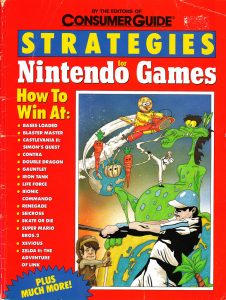 Consumer Strategy Guide (1987-1988)
Consumer Strategy Guide (1987-1988)
I stumbled upon a copy of this magazine in a used bookstore. You’ll often be surprised what you can find in those. It’s a pretty barebones guide, but interesting nonetheless. Scans from Underground Gamer.
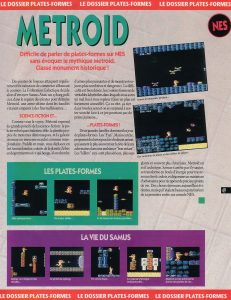 Player One (Volume 24, French)
Player One (Volume 24, French)
French Magazine, Player One, takes a look back at the original Metroid shortly after Super’s release. For all the Francophile Metroid fans! Scans from Abandonware Magazines.
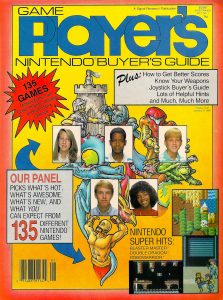 Game Player’s Nintendo Buyer’s Guide (Winter 1988)
Game Player’s Nintendo Buyer’s Guide (Winter 1988)
This 1988 guide, published quarterly by North Carolina company Signal Research, Inc., featured reviews, strategies and previews on a large variety of NES titles — 135 in all. Pages 60-61 features none other than Metroid. Not only is there a very badly drawn version of Samus on the front cover, they mistakenly credit Taito for creating the game. Scans from Retro Mags.
Club Nintendo Magazine (Europe/Dutch, 1990)
A few pages from a European (Netherlands?) edition of Club Nintendo Magazine were graciously donated by long-time (18 yrs!) MDb reader, Mad Mega. He also translated the 2-page comic advertisement for Nintendo products, which has a brief Metroid cameo at the end. Thanks Mark!
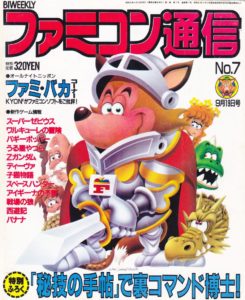 Famitsu #7 (Japan, September 1986)
Famitsu #7 (Japan, September 1986)
This old issue of Famitsu featured quite a few Metroid things including reader-sent tips & tricks and a full page ad for the game. Metroid debuted as the #3 game overall and the #1 disk writer based game at that time. And check out that Samus-shaped motorcycle…?
Click here to view the full magazine.



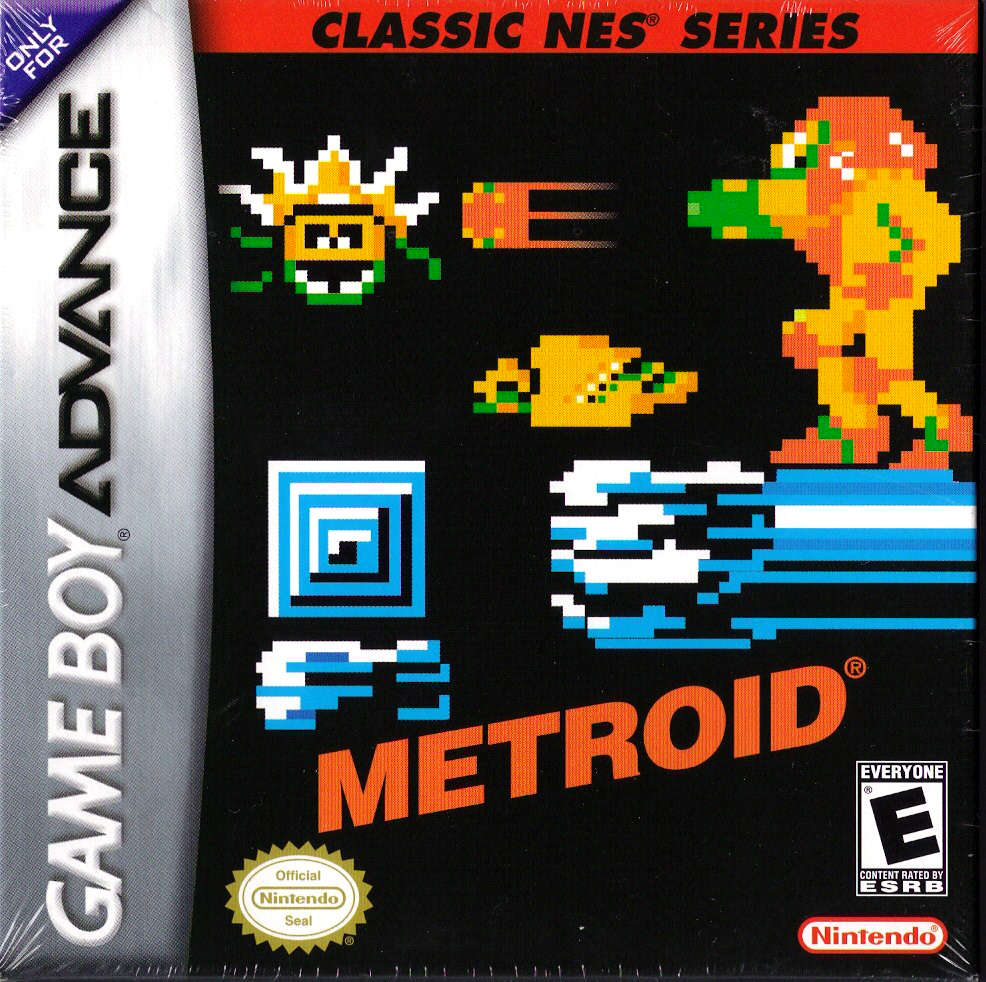

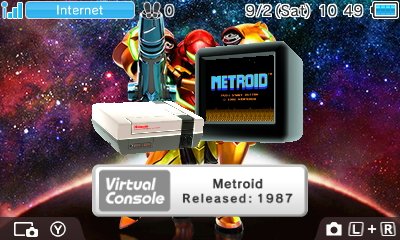

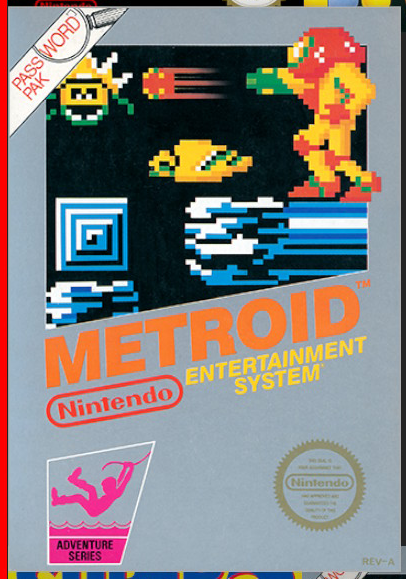
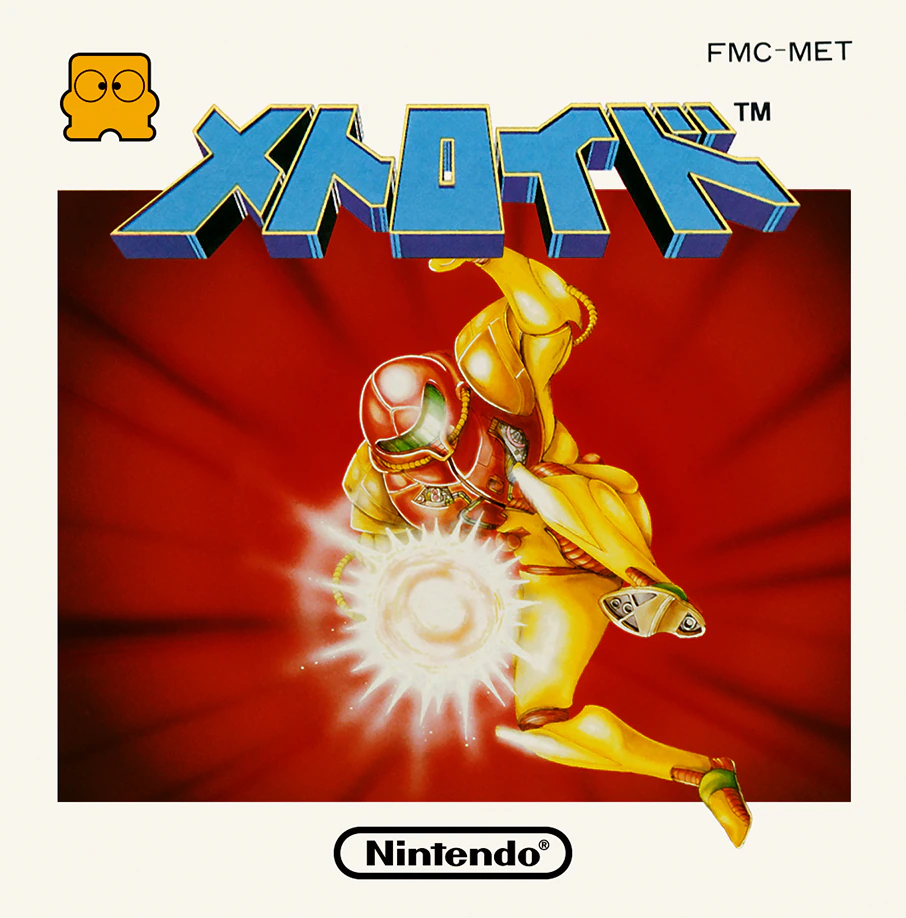


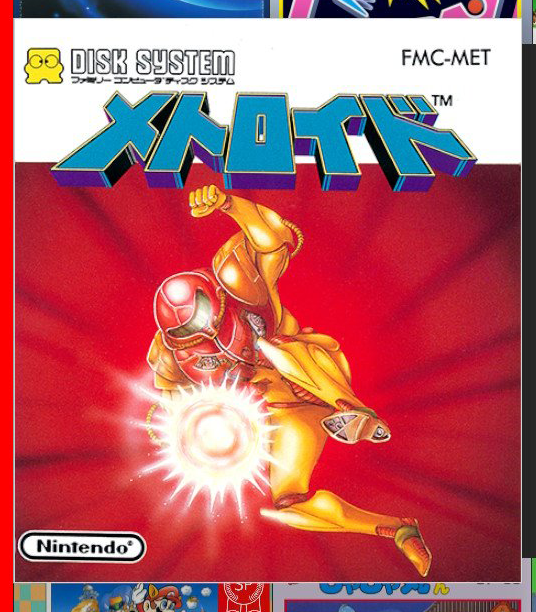
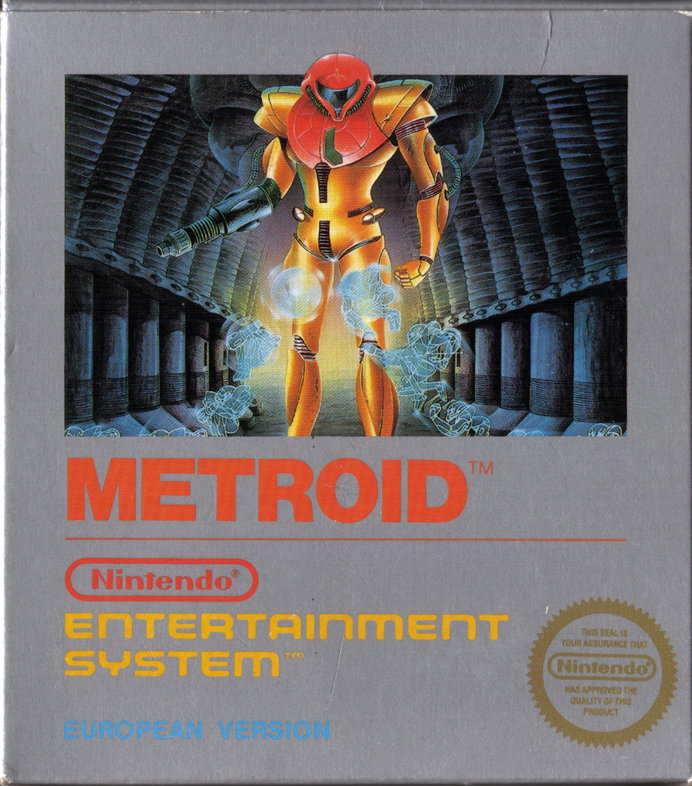




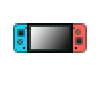

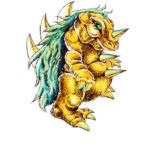
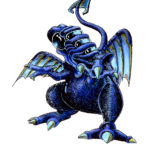
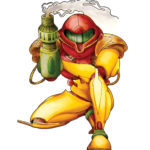
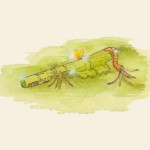
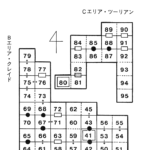
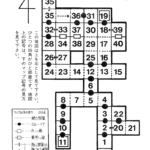
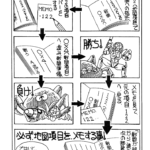
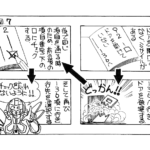
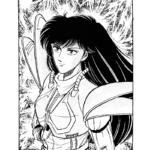
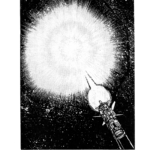
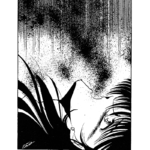
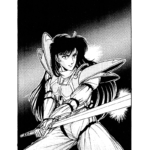
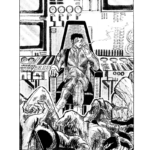
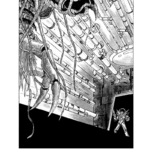
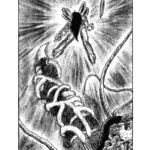


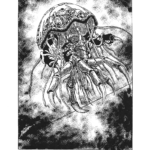
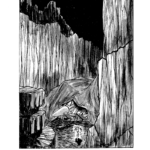
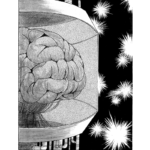
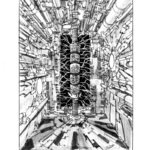
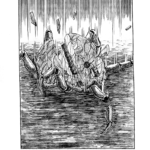

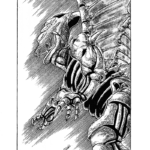
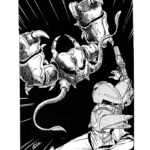
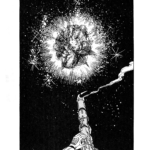
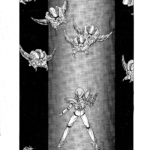
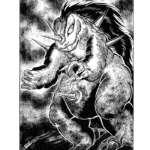
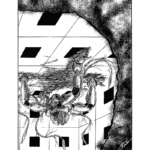
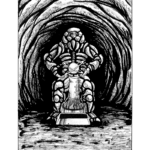
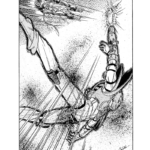
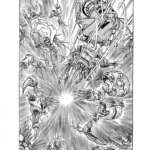
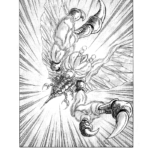
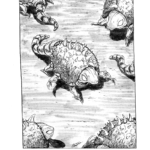
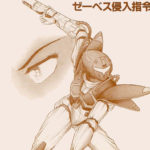
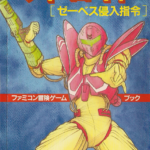
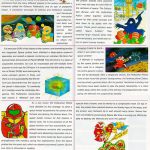
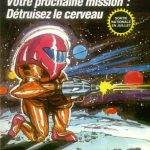
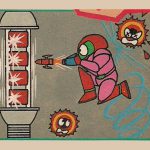
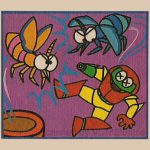
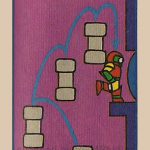
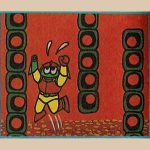
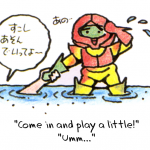

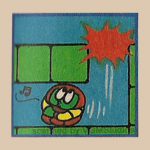
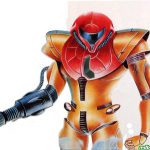

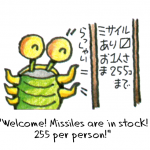
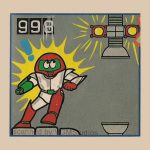
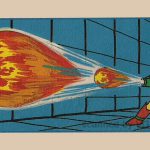


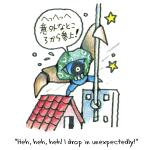


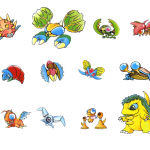
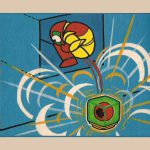
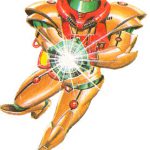
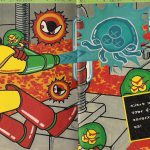
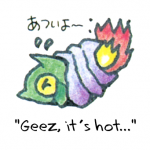
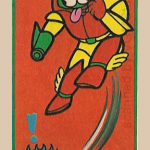
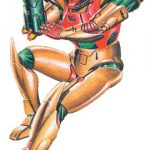
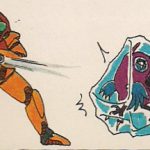
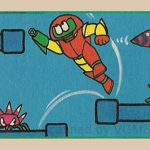


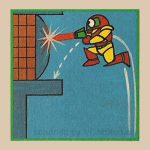

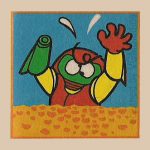
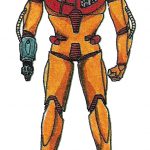
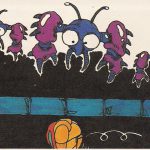


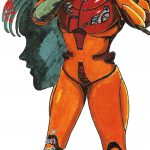
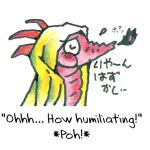
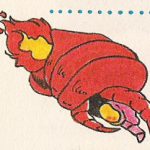
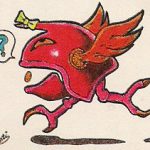
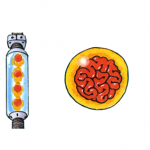
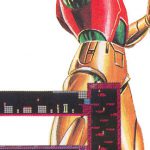

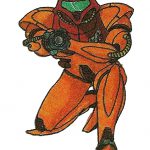

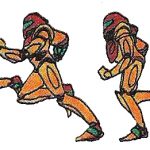

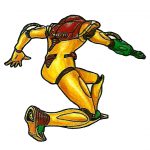
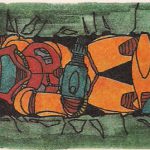

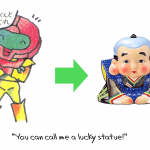
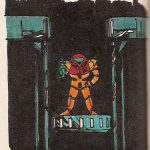
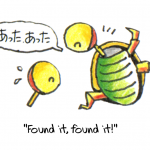
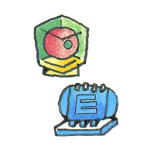

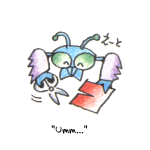

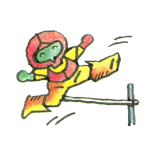

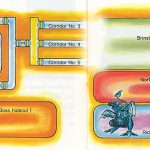

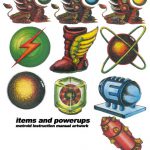
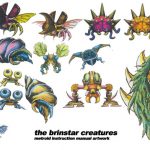

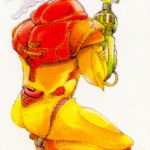
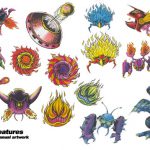
 Back to Art Galleries
Back to Art Galleries